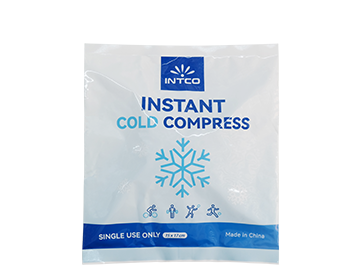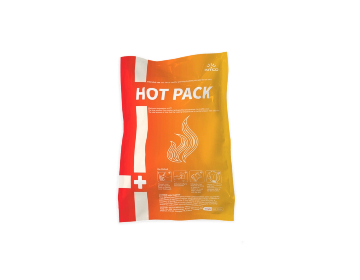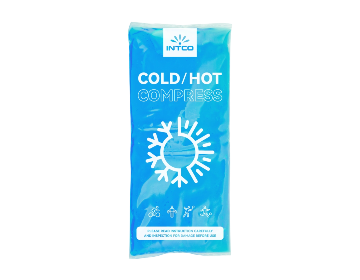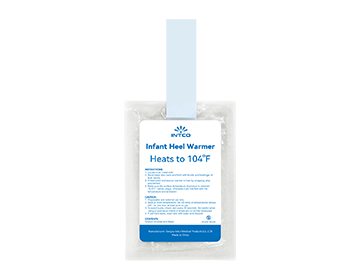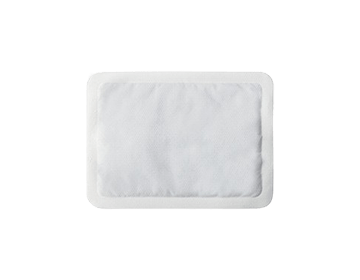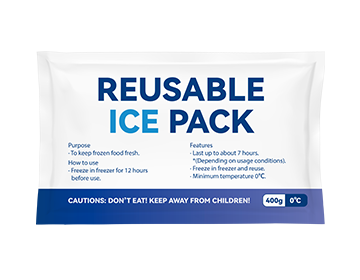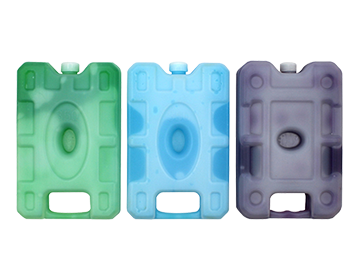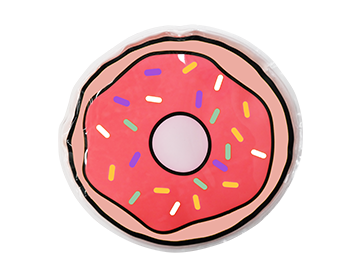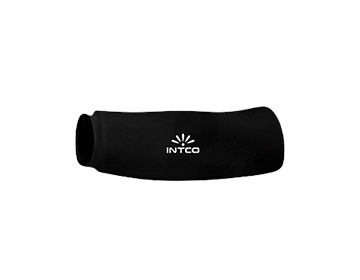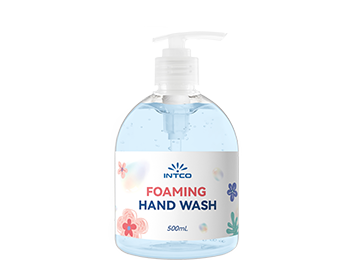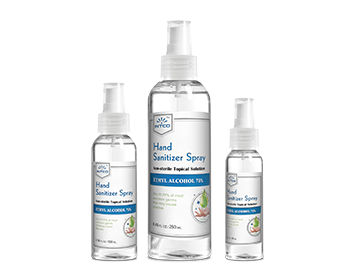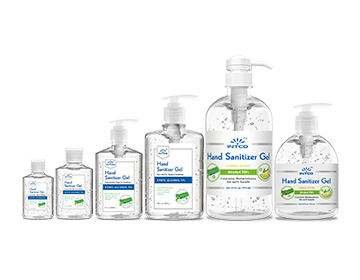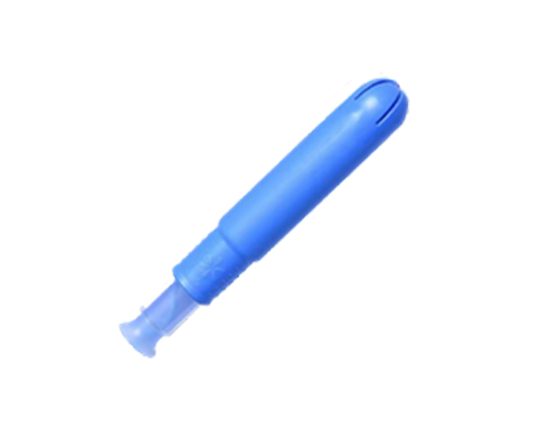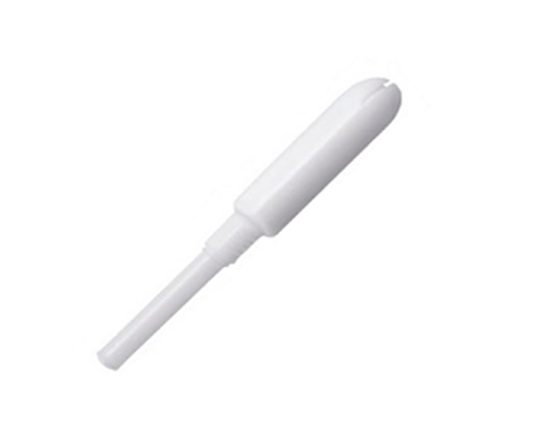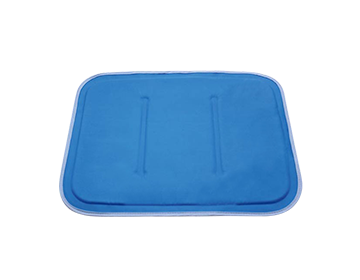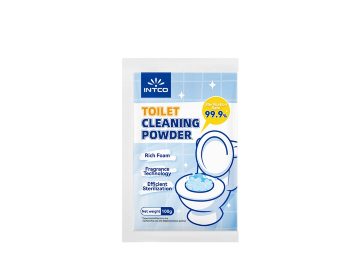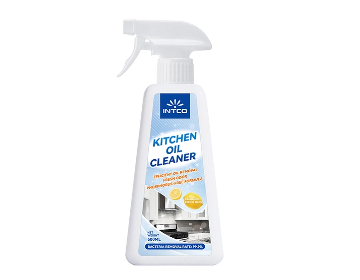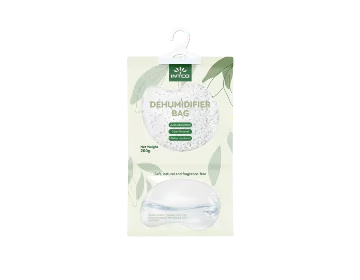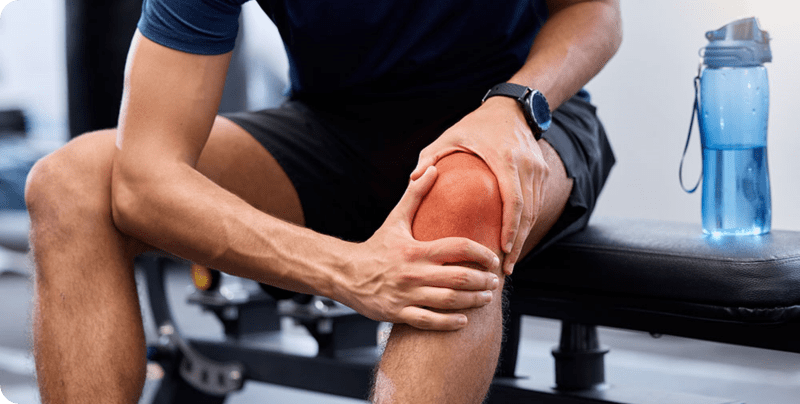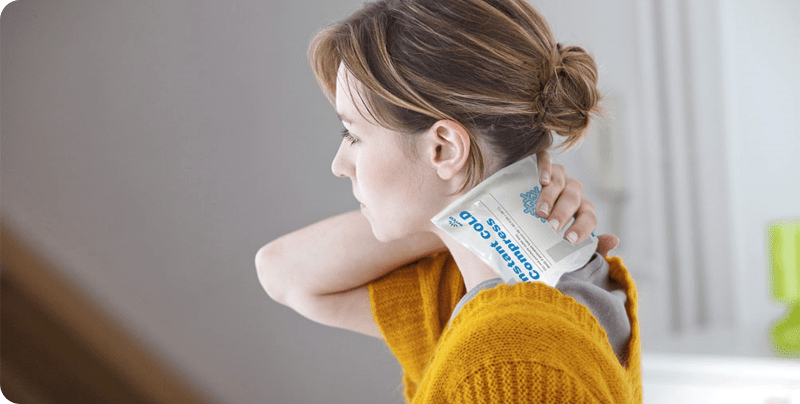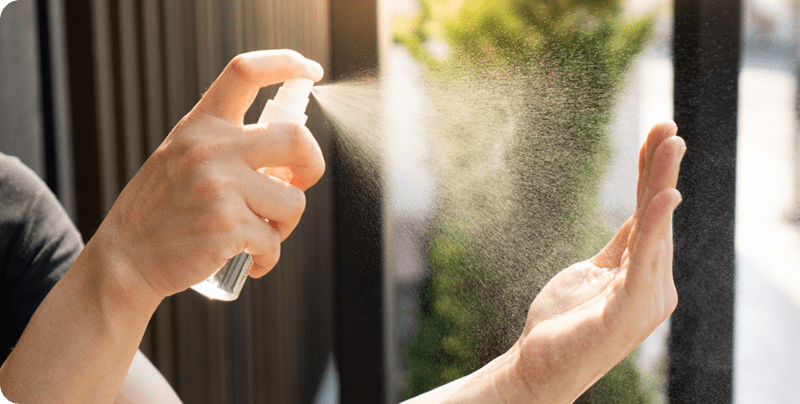Cold Pack for Headache Relief: How to Use It Safely and Effectively
Headaches are among the most common health complaints worldwide. From mild tension-type headaches to severe migraines, the discomfort can disrupt daily life. Cold packs are widely used because they provide a drug-free, safe, and effective method of pain relief. In this article, we’ll explore how cold packs work, how to use them safely, and what authoritative health organizations say about their benefits.
How Cold Therapy Helps with Headaches
Physiological Effects: Numbing and Vasoconstriction
Cold therapy works by slowing nerve conduction and narrowing blood vessels. This reduces pain signals and helps decrease the throbbing sensation common in migraines.
According to the Mayo Clinic, applying an ice pack or a cold compress to the head, temples, or back of the neck may help reduce migraine pain. They highlight that cold therapy can create a numbing effect and ease inflammation in affected areas.

Guidance from Headache Organizations
The American Migraine Foundation emphasizes that cold compresses are one of the most effective at-home remedies for migraine attacks. They specifically note that many patients find relief when combining cold therapy with rest in a dark, quiet room.
Research Findings
Clinical studies have shown meaningful relief in patients using cold packs for migraine and tension headaches. For example, a clinical trial reported in the Headache Journal found that participants using cold compresses experienced a significant reduction in headache intensity compared to those without cooling.
Types of Cold Packs
Reusable Gel Packs
· Pros: Conform to head and neck, can be reused many times, safe for skin contact.
· Cons: Require freezer storage.
The Cleveland Clinic advises reusable gel packs as a convenient option for people who experience frequent headaches, since they can be kept in the freezer and used repeatedly.
Instant Cold Packs
· Pros: No freezer required, activated by squeezing or shaking.
· Cons: Single-use only.
According to WebMD, instant cold packs are especially useful for emergencies or travel when a freezer is not available.
Homemade Options
· Pros: Readily available, low-cost.
· Cons: Less consistent cooling, higher risk of frostbite if not wrapped properly.
Harvard Health Publishing recommends always wrapping homemade ice packs in a towel to protect skin from direct exposure to extreme cold.
Step-by-Step: How to Use Cold Packs Safely
Always Protect Your Skin
Never place an ice pack or cold compress directly on the skin, as extreme cold can damage the tissue and even cause frostbite. The safest approach is to wrap the cold pack in a thin towel or cloth before applying it. This layer acts as a barrier, protecting the skin while still allowing the cooling effect to reach the targeted area.
Application Areas
· Migraines: Apply to temples, forehead, or the back of the neck.
· Tension headaches: Place at the base of the skull or across the shoulders.
· Sinus headaches: Place briefly across the forehead and sinus areas.
Duration and Timing
Cold therapy should be used in short, controlled sessions. The ideal method is to apply a cold pack for 15–20 minutes, then remove it and take a break of at least 15 minutes before reapplying. Falling asleep with a cold pack on should be avoided, as prolonged exposure can lead to skin irritation or injury.
Who Should Be Careful with Cold Therapy
Circulatory and Nerve Conditions
People with circulation issues, nerve damage, or conditions such as Raynaud’s phenomenon should use cold packs cautiously. Reduced blood flow or impaired sensation may increase the risk of injury, so it is advisable to seek medical guidance before starting cold therapy.
Children, Older Adults, and Pregnant Women
Cold packs are generally safe for most people, but children, elderly individuals, and pregnant women should take extra precautions. Their skin can be more sensitive, so shorter sessions and added protection, like thicker towels, are recommended. In these cases, it’s best to consult a healthcare provider before use.
Combining Cold Therapy with Other Treatments
Cold therapy often works best when used alongside other strategies. Resting in a dark, quiet room, staying hydrated, and taking prescribed medications can all enhance the effects of cold packs. In addition, lifestyle practices such as improving posture, practicing relaxation exercises, and maintaining healthy sleep habits can reduce the frequency and severity of headaches.
Choosing the Right Cold Pack
When selecting a cold pack, keep the following factors in mind:
· Leak-proof design: Prevents dripping and makes it easier to use while traveling.
· Reusable vs. instant: Reusable gel packs are practical for home use, while instant packs are more convenient for emergencies or travel.
· Protective covers: These add a layer of hygiene and reduce the risk of direct skin contact.
· Size and shape: Packs designed to fit the contours of the forehead, temples, or neck offer greater comfort. Flexible gel packs, in particular, adapt well to curved areas of the head and neck, making treatment more effective and comfortable.
Conclusion
Cold packs are a safe, effective, and low-cost way to relieve headaches and migraines when used correctly. Backed by organizations like the Mayo Clinic, American Migraine Foundation, and Harvard Health, cold therapy stands as a trusted home remedy that many patients rely on.
As a leading global manufacturer, INTCO Medical provides high-quality cold therapy products—including reusable gel packs, instant cold packs, and wearable wraps—through OEM and ODM services. If you are seeking reliable bulk production or private-label solutions, INTCO can be your trusted partner in healthcare supply.
FAQs
Q1: How long should I apply a cold pack for a headache?
It is best to apply cold packs for 15–20 minutes per session, followed by at least a 15-minute break before the next use.
Q2: Can cold packs completely cure migraines?
Cold packs cannot cure migraines, but they can provide significant relief from symptoms. They should be used as part of a broader treatment plan.
Q3: Is it safe to use cold packs every day?
Yes, cold packs can be used daily as long as they are applied safely. Always protect the skin with a barrier and avoid long, direct exposure to prevent frostbite.
Q4: Are cold packs safe for children?
Cold packs can be used for children, but only under adult supervision. The sessions should be shorter to ensure the skin remains safe.
Q5: What type of cold pack is best for travel?
Instant cold packs are the best choice for travel, as they do not require freezing and can be activated on demand in emergency situations.

